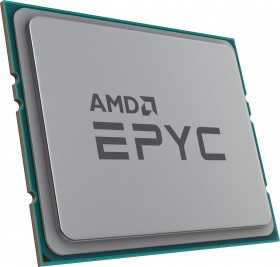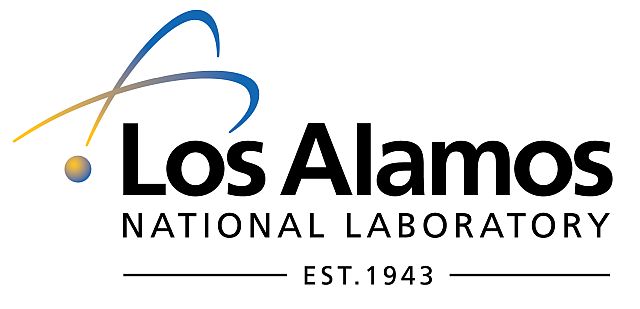 Los Alamos National Laboratory reported it has completed the installation of “Chicoma,” based on AMD EPYC CPUs and the HPE Cray EX supercomputer architecture. The HPC platform is aimed at enhancing the lab’s R&D efforts in support of COVID-19 research.
Los Alamos National Laboratory reported it has completed the installation of “Chicoma,” based on AMD EPYC CPUs and the HPE Cray EX supercomputer architecture. The HPC platform is aimed at enhancing the lab’s R&D efforts in support of COVID-19 research.
Chicoma is an early deployment of HPE Cray EX, which offers a large-scale system architecture with a system software stack, direct-to-chip liquid cooling and a new HPE Slingshot interconnect. It features the AMD EPYC 7H12 processor and in total, more than 73,000 cores, and 300 TB of system memory.
“As extensive social and economic impacts from COVID-19 continue to grip the nation, Los Alamos scientists are actively engaged in a number of critical research efforts ranging from therapeutics design to epidemiological modeling,” said Irene Qualters, Associate Laboratory Director for Simulation and Computing at Los Alamos. “High performance computing is playing a critical role by allowing scientists to model the complex phenomena involved in viral evolution and propagation.”
In its announcement, the lab said, “These new capabilities are at the forefront of technologies anticipated for the DOE’s Office of Science and National Nuclear Security Administration multi-lab Exascale Computing Initiative, and will provide scientists with substantially higher supercomputing performance than is currently available in other Los Alamos National Laboratory systems.”
 “Los Alamos National Laboratory has been working closely with researchers through the COVID-19 HPC Computing Consortium as well as with local researchers to harness the power of the Lab’s HPC compute capabilities to stop the spread of COVID-19,” said Qualters. “This newest HPC asset will be a significant addition to that endeavor.”
“Los Alamos National Laboratory has been working closely with researchers through the COVID-19 HPC Computing Consortium as well as with local researchers to harness the power of the Lab’s HPC compute capabilities to stop the spread of COVID-19,” said Qualters. “This newest HPC asset will be a significant addition to that endeavor.”
This new system will be put to task on a range of COVID-19 research problems, including epidemiological modeling of contact patterns and intervention scenarios, bioinformatics studies of SARS-CoV-2 gene development, and impacts of COVID-19 on human 3D chromosome structure and function.
“The Chicoma system will be an ideal platform for our high performance computing efforts in chromosome simulation, RNA simulation including viruses, and chromosome-virus effects,” said Dr. Karissa Sanbonmatsu, senior scientist in the Laboratory’s Theoretical Biology and Biophysics group.
Chicoma was funded by the Department of Energy’s Office of Science Advanced Scientific Computing Research (ASCR) program, under a line item of the 2020 Coronavirus Aid, Relief, and Economic Security (CARES) Act.




